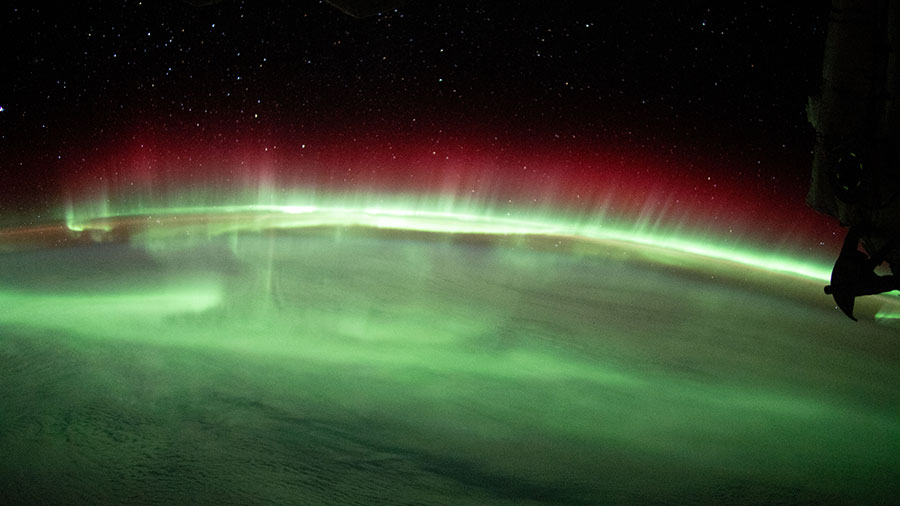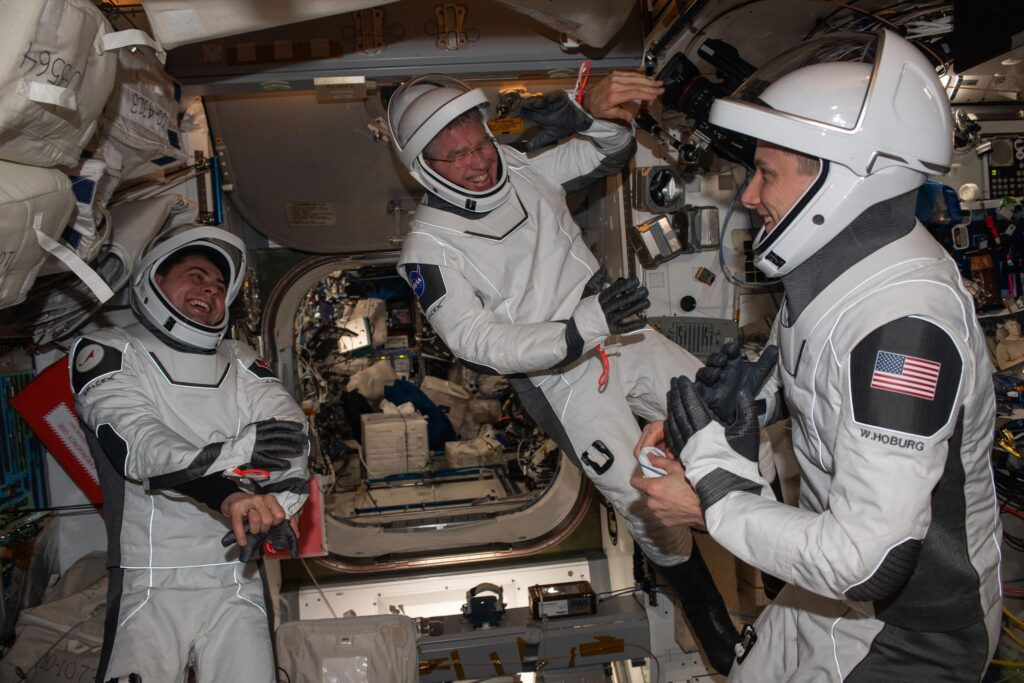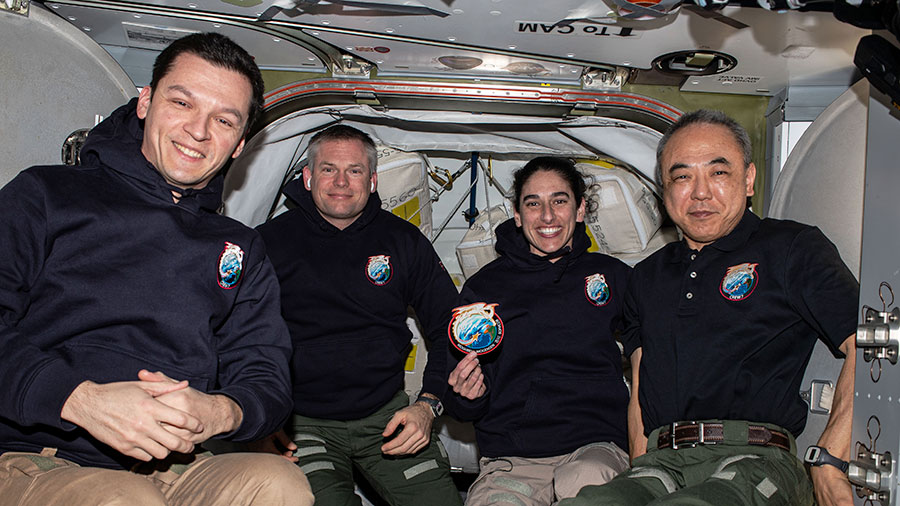
The orbital residents aboard the International Space Station continued exploring ways to heal wounds in space today. A host of other space research was under way on Tuesday to understand how living in microgravity affects humans.
Four astronauts partnered together again today exploring how skin heals in weightlessness. Flight Engineers Kjell Lindgren, Bob Hines, and Jessica Watkins, all from NASA, with Samantha Cristoforetti of ESA (European Space Agency), studied surgical techniques such as biopsies, suture splints, and wound dressing, throughout Tuesday.
The quartet worked inside the Kibo laboratory module conducting the medical research in the Life Science Glovebox. The advanced study seeks to identify the biological changes that affect tissue regeneration in space. Results may improve wound therapies and treatments for humans living on and off the Earth.
Lindgren also had time on Tuesday to review procedures for a nighttime photography session using the AstroPi science computer in the Harmony module. AstroPi will enable European students to conduct experiments using a pair of different lenses on the computer in conjunction with a variety of station sensors. The academic study seeks to promote interest in and guide students toward STEM (science, technology, engineering, and math) careers.
The three cosmonauts of the Expedition 67 crew focused on their contingent of microgravity research and lab maintenance today. Commander Oleg Artemyev juggled several experiments in the station’s Russian experiment as he explored space exercise methods, Earth photography using ultrasound sensors, and the human digestive system. Flight Engineer Denis Matveev checked radiation detectors and worked on power systems inside the Zarya module. Flight Engineer Sergey Korsakov analyzed urine samples during the morning then spent the afternoon collecting air samples in the Zvezda, Poisk, and Nauka modules.




